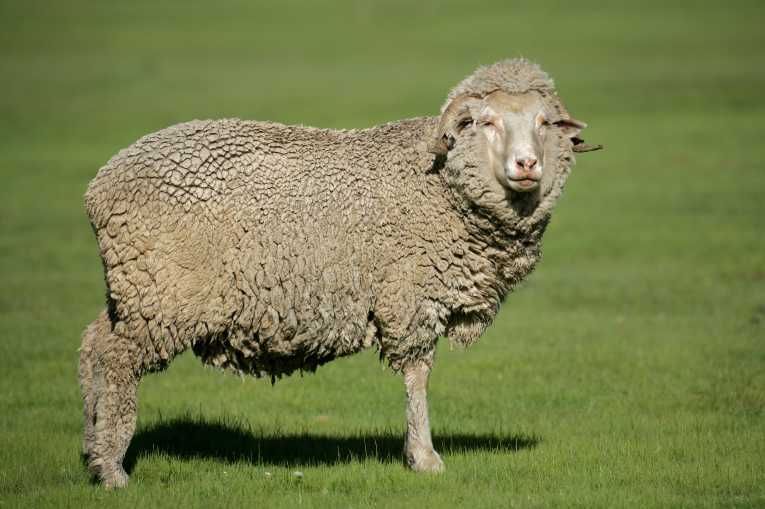As the world looks around for alternatives to man-made fibres that are full of chemicals, wool is finding itself increasingly in the spotlight.
Wool is made by using the hair of animals such as sheep and goats. It has been around for generations and is used as the base material in clothes and bedding and as a key part of many household products.
Wool used to be something your grandma would use to knit your Christmas jumper with but now it is becoming one of the trendiest eco-friendly textiles on the market.
Wool is at the height of luxury with merino, the supermodel of wool, in demand by high-end consumers around the world. The best thing about wool is that it is entirely natural, as long as no chemicals are added when colouring or preserving the wool.
Wool is an amazing textile, full of important properties that make it hugely attractive. One of the big benefits of wool is that it can absorb moisture amazingly well. Wool does this by drawing moisture into the core of its fibres.
This is really helpful went you need an item of clothing or materials that keep feeling dry for a long time. In addition to this, wool also breathes really well which helps woollen clothes to retain a light and airy feel.
Interestingly, wool has natural fire retardant properties and this is why wool is increasingly being used in products such as mattresses and bedding.
The natural lanolin in wool helps to repel dust mites and bed bugs and in a world where children are increasingly suffering from eczema and asthma this is most welcome.
A recent innovation in the world of wool is a product created in New Zealand, a place well-known for its sheep, called WoJo.
This is a sustainable fabric made by mixing together wool with jute that has been recycled from Starbucks' coffee sacks. Starbucks plan to use this eco-friendly material to upholster seats in their coffee houses around the world
It would seem that the world is enjoying rediscovering wool.
href="../../../environment/eco-friendly/index.html">Eco- Friendly









